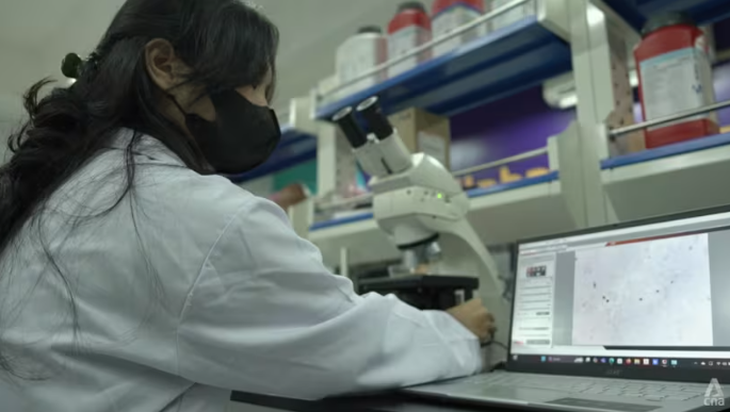
Viewed through a microscope, black spots on the screen show microscopic pieces of plastic from a fish caught in Jakarta Bay - Photo: CNA
Delicious dishes like grilled fish have long been an indispensable part of family meals in Indonesia. However, what many people do not expect is that these fish can contain an invisible "toxic additive" - microplastics.
According to a study published in 2024, cited by CNA on July 7, nearly 94% of fish sampled in Jakarta Bay contained microplastics (plastic pieces less than 5mm in size).
"Eating plastic" like eating rice
Not only Indonesia, Southeast Asia is now becoming a "global hotspot" when 6/10 countries that dump the most plastic into the ocean in the world belong to this region.
The United Nations Environment Programme (UNEP) says 80% of marine plastic waste comes from land, especially single-use packaging. In 2020, 855 billion single-use plastic packages were consumed, half of which came from Southeast Asia.
According to a study by Cornell University (USA), Indonesians consume an average of 15g of microplastics per month, equivalent to 3 credit cards. Malaysia ranks second with 12g, followed by the Philippines and Vietnam (11g).
In addition, the SCMP newspaper on June 5 also cited a study in the journal Environmental Science & Technology , indicating that countries such as Indonesia, Malaysia, the Philippines and Vietnam are leading in the level of microplastic absorption globally, originating from the consumption of a lot of seafood.
“Southeast Asians are very dependent on food packaged in plastic,” said Deo Florence L. Onda, an associate professor at the Marine Science Institute at the University of the Philippines Diliman. Even a small scratch on the packaging can release a large number of microplastic particles, which can easily get into food and drinks, Onda said.
The processing system is still weak.
According to CNA, the reason for the above situation is partly due to the limitations of the plastic waste treatment system.
In 2022, the environmental organization Ecoton found microplastics in nearly all 68 rivers surveyed in Indonesia. Meanwhile, in the Philippines, there are no regulations requiring water treatment plants to remove microplastics.
At the same time, the urbanization boom has left many residential areas without trash cans or collection centers. Many people choose to dump trash directly into rivers and sewers.
More seriously, even when the garbage is collected, the plastic in the landfill will decompose into microplastics and then flow into canals, the sea or seep into the soil.
The Bantar Gebang landfill in Jakarta is now holding more than 45 million tons of waste and is nearing capacity, according to sources. Meanwhile, the Philippines, Malaysia and Vietnam still import plastic waste from developed countries to serve the recycling industry - but not all of it is properly processed.

Indonesia's Bantar Gebang landfill is the largest landfill in Southeast Asia, spanning an area of 110 hectares, equivalent to about 200 football fields - Photo: CNA
The silent enemy of health
As biotechnology and medicine advance, scientists are beginning to better understand the serious impacts of microplastics on human health.
According to Dr. John Paul Ner, some microplastics can enter the bloodstream and even cross the brain's protective barrier. A 2023 study found that microplastics can cause cognitive disorders, increasing the risk of dementia by 36 times compared to people with low exposure.
Several studies on mice have also shown that after just three weeks of exposure to microplastics, they showed signs of dementia.
Microplastics are not only affecting the brain, they are also found in atherosclerotic plaques in more than half of heart patients. These people have a five-fold higher risk of heart attack or stroke.
"Microplastics can accumulate and block arteries or disrupt blood flow, " said Dr. Pukovisa Prawiroharjo, University of Indonesia.
More worryingly, some microplastics can even cross the placenta, putting the fetus at risk of exposure to microplastics, thereby increasing the risk of chronic diseases in the future.
Source: https://tuoitre.vn/nguoi-dong-nam-a-dang-an-nhua-moi-ngay-ma-khong-hay-biet-2025070711303805.htm





![[Photo] Prime Minister Pham Minh Chinh chairs meeting of National Steering Committee on International Integration](https://vphoto.vietnam.vn/thumb/1200x675/vietnam/resource/IMAGE/2025/8/26/9d34a506f9fb42ac90a48179fc89abb3)
![[Photo] Many people eagerly await the preliminary review despite heavy rain](https://vphoto.vietnam.vn/thumb/1200x675/vietnam/resource/IMAGE/2025/8/27/4dc782c65c1244b196890448bafa9b69)
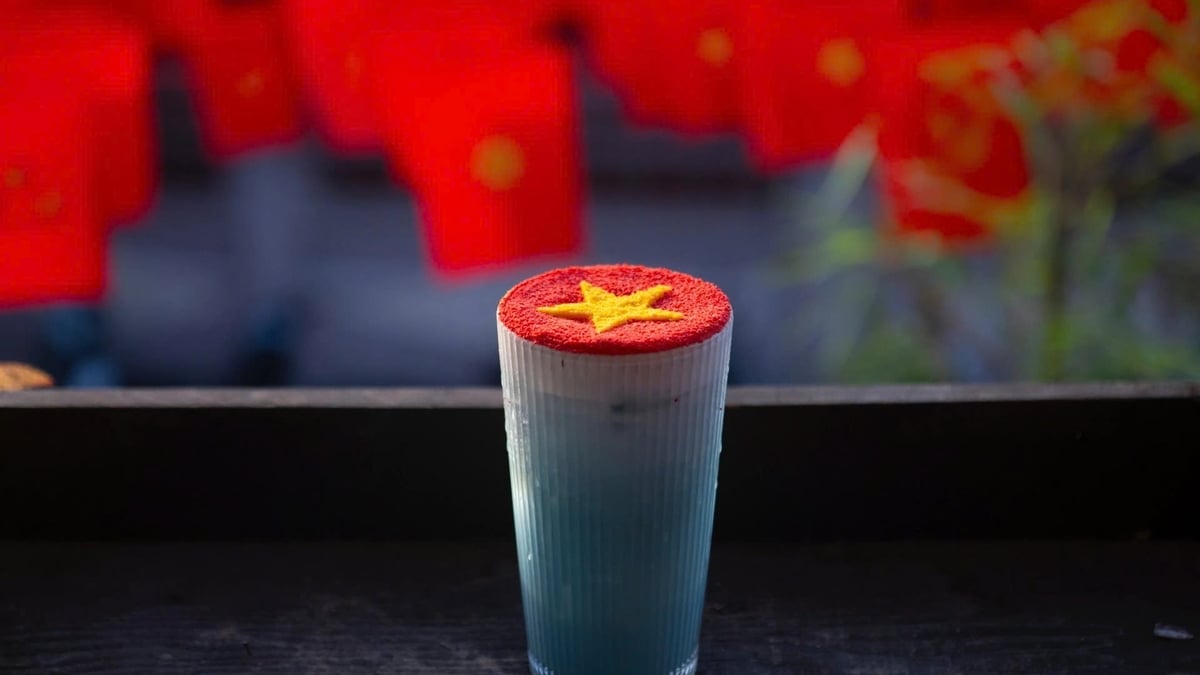
![[Photo] Brilliant red of the exhibition 95 years of the Party Flag lighting the way before the opening](https://vphoto.vietnam.vn/thumb/1200x675/vietnam/resource/IMAGE/2025/8/27/e19d957d17f649648ca14ce6cc4d8dd4)





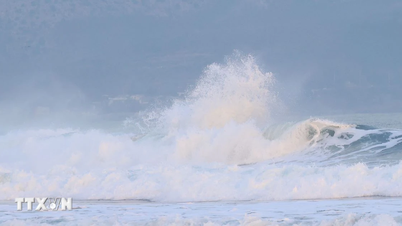










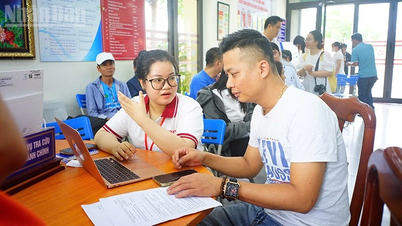

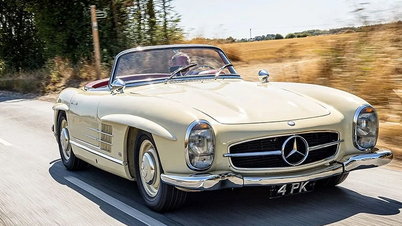





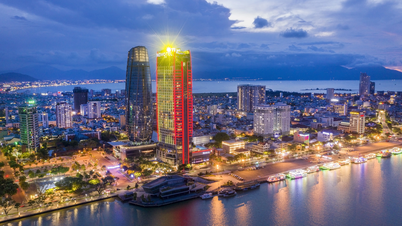






























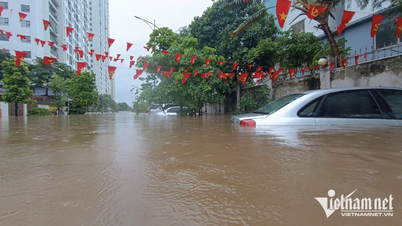
![[Photo] General Secretary To Lam attends Meeting with generations of National Assembly deputies](https://vphoto.vietnam.vn/thumb/402x226/vietnam/resource/IMAGE/2025/8/27/a79fc06e4aa744c9a4b7fa7dfef8a266)








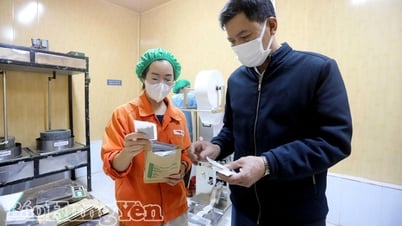


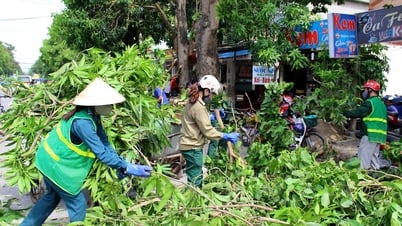




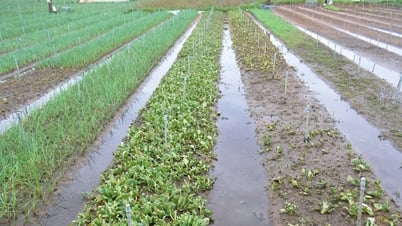














Comment (0)